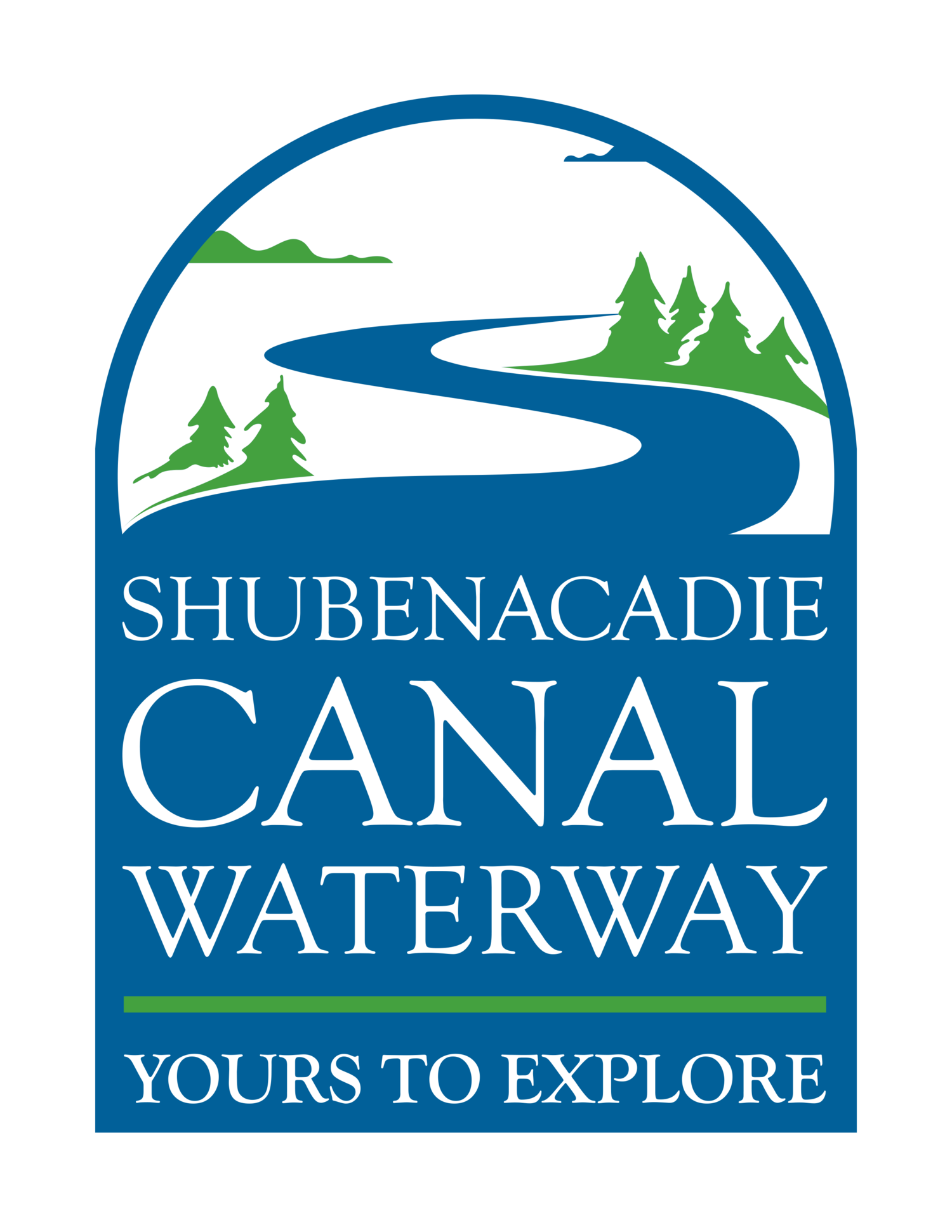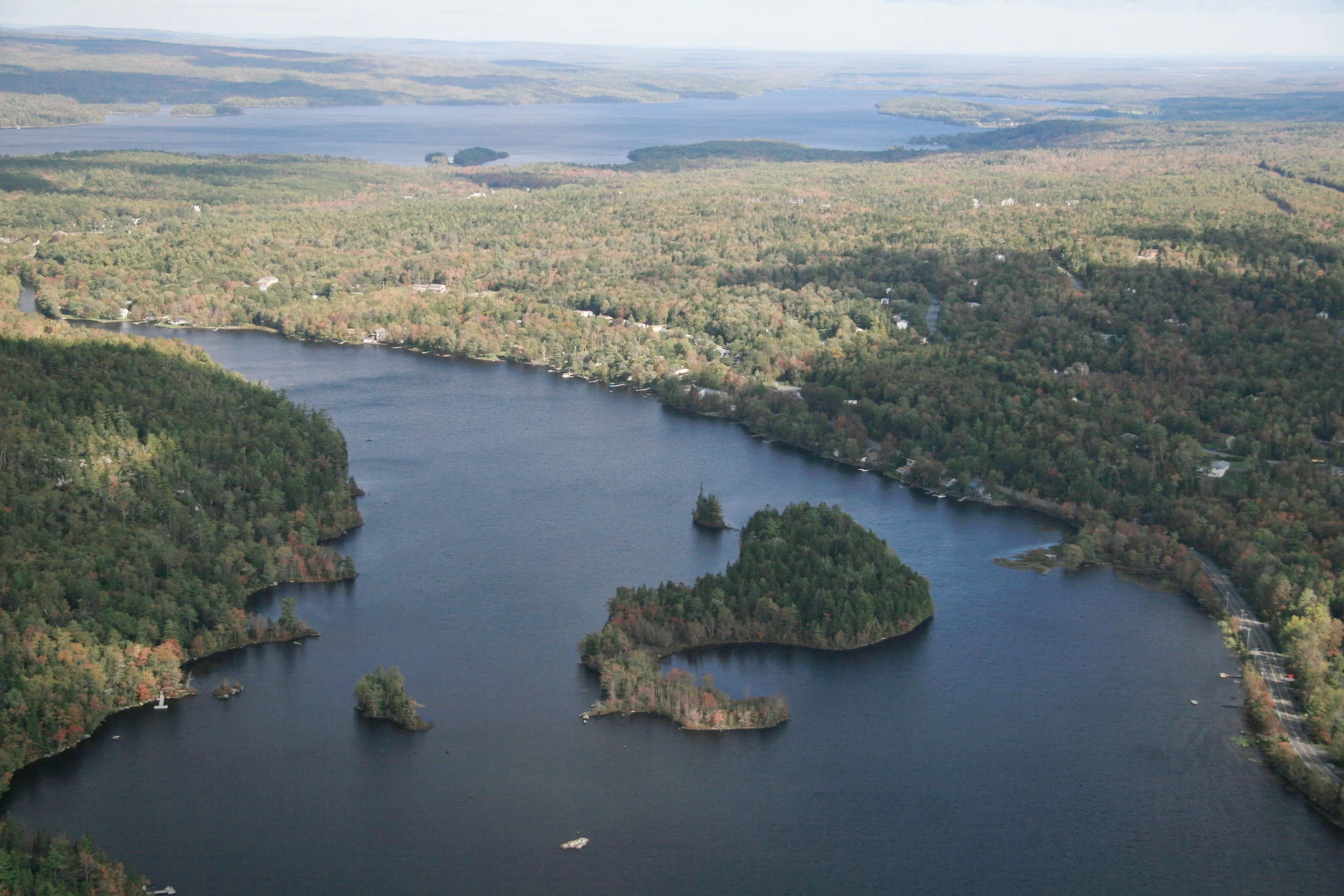Fletchers Lake is named after Robert Fletcher, who operated an inn near the eastern shore of the lake. His inn was a frequent stopping point for people travelling between Halifax and Truro. The innkeepers would care for travellers’ horses during their stay, allowing both people and animals to be well-rested before setting off again the next day. It is the only body of water in the canal system (barring the Shubenacadie River) that bears its modern name on the original 1820s survey documents.
A stream enters Fletchers Lake from the south, originating at Lake Thomas. Because Fletchers Lake is about 3 m (10 ft) lower than Lake Thomas, Lock 4 was built into this stream to allow boats to navigate the change in elevation. Lock 4 is also sometimes called Fletcher’s Lock.
The remains of Lock 4 still stand today. The stream largely dries up around the lock, requiring canoeists and kayakers to portage around it. On the east and west sides of the stream, you can see the remains of a stone dam that helped maintain the water level back to Lake Thomas.
The area rising up from the lakefront on the west side was particularly important, as it was a source of the granite used to build Lock 4 and Lock 5.

